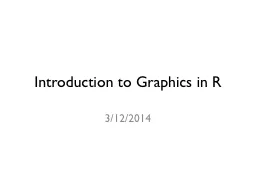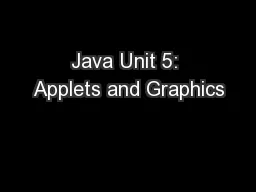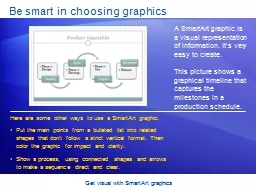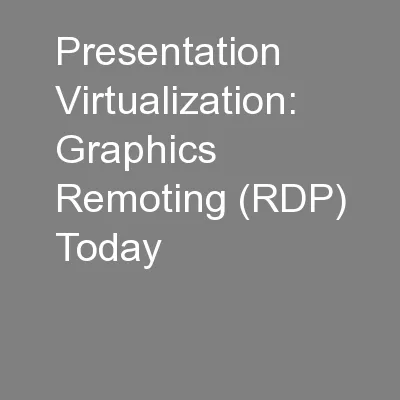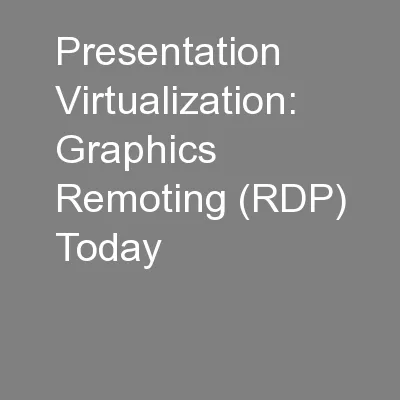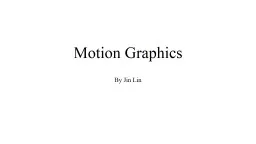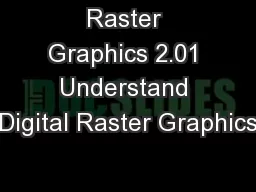PPT-Introduction to Graphics in R
Author : lois-ondreau | Published Date : 2016-12-02
3122014 First lets get some data Load the Duncan dataset Its in the car package Remember how to get it librarycar dataDuncan Getting started Okay now plot income
Presentation Embed Code
Download Presentation
Download Presentation The PPT/PDF document "Introduction to Graphics in R" is the property of its rightful owner. Permission is granted to download and print the materials on this website for personal, non-commercial use only, and to display it on your personal computer provided you do not modify the materials and that you retain all copyright notices contained in the materials. By downloading content from our website, you accept the terms of this agreement.
Introduction to Graphics in R: Transcript
Download Rules Of Document
"Introduction to Graphics in R"The content belongs to its owner. You may download and print it for personal use, without modification, and keep all copyright notices. By downloading, you agree to these terms.
Related Documents

